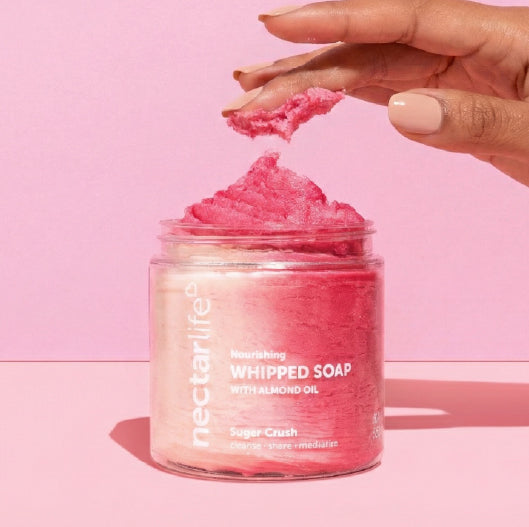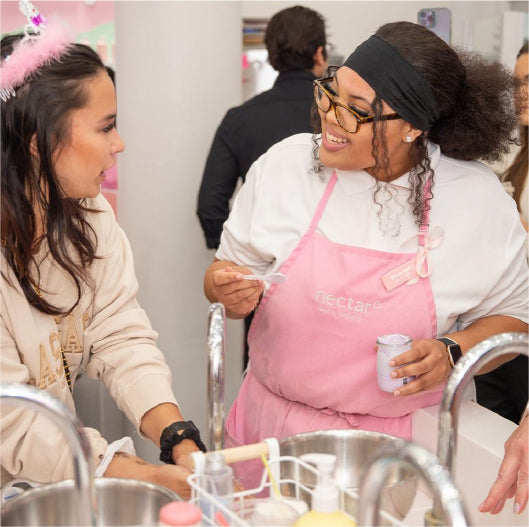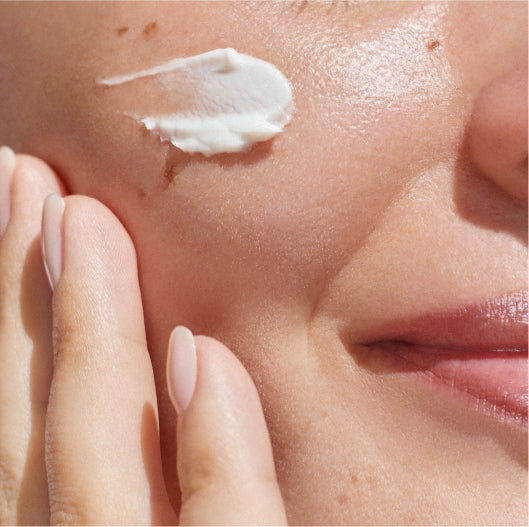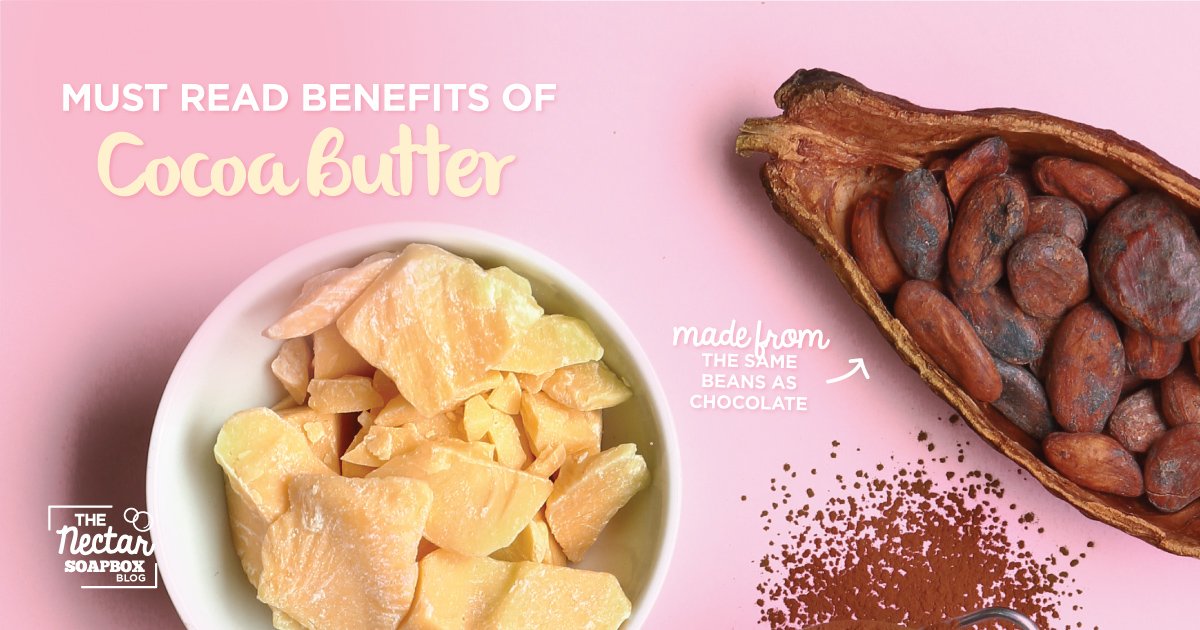Progressive Muscle Relaxation Technique: Reduce Stress in 15 Minutes!
Raise your hand if you’ve ever been lying in bed avoiding looking at the bedside clock because you know the minutes marching on will just be a beacon in the night mocking your inability to sleep. We aren’t the only ones over here with our hands raised, are we?
For some the mocking may come from your own psyche as you avoid eye-contact with the anxiety that you KNOW is staring at you from across the room of your mind.
You feel that tension creeping up your neck or back, the muscles in your face & hands balling up, knowing that if you could just let go it would start to recede again before you have a full-blown migraine or have lost yet another night of sleep to restless tossing & turning.
What if you knew a way to relax ALL of your muscles whenever you wanted? Game changing right?
Progressive Muscle Relaxation (PMR) is one thing that can potentially help with both of these rude, but oh-so-common realities. The concept has been around since the 1920s-30s, developed by Dr. Edmund Jacobson who detailed the benefits of systematically tensing & relaxing 14 different muscle groups.
If you’re like us you’re probably scratching your head & wondering ‘why haven’t I ever heard of this before?!’ That’s a fair question, especially when the practice is based on the concept that mental calmness is a natural result of physical relaxation!
Originally PMR was used to help alleviate symptoms of anxiety (see .. even 100 years ago people suffered from this .. you’re not crazy for being anxious!) but its use has been expanded in recent years to include help for tension headaches, migraines, TMJ, neck pain, insomnia, bi-polar disorder, backaches & even high blood pressure!
Once you’ve made a habit out of PMR it’s something that you can streamline & fit into tense situations (whether anxiety-inducing circumstances during the day or the stress of not going to sleep at night) to instantly help calm both your mind & your body.
How Progressive Muscle Relaxation (PMR) Works
Like the name suggests (this isn’t rocket-science people...), PMR is the process of systematically & *ahem* progressively tensing then relaxing muscle groups in your body in a specific order while taking slow, deep breaths. Most practitioners suggest moving either head-to-toe or toe-to-head to best help calm the mind.
Many also recommend starting out with a recording (either by you or enlisting the help of a trusted friend with a soothing voice) that walks you through the process as you learn it. Alternatively, if you don’t want to conscript your friends or family into saying soothingly benign phrases into your phone, you can have a personal catch phrase such as ‘relax’, ‘let go’, ‘peace’, ‘stay calm’, ‘it will pass’, etc that you incorporate & that eventually, if you use it consistently, will help your body let go of tension even just by saying the word.
Getting Started
In the beginning this process will take about 15-20 minutes. In order to really cement PMR in your mind & body, it’s best if you can practice this at least once (twice is even better!) per day for the 1st couple of weeks. Once your body is used to it, it’ll most likely respond more quickly to the concept of ‘let it go’ (thanks Elsa!!) & take less time. It’s also best, if you’re prone to anxiety or panic attacks, to NOT be in an agitated state when initially practicing PMR. Learning something new isn’t easy to do in that frame of mind & could make your mind & body less willing to cooperate in the future when you ARE stressed.
Put on some comfy pj’s or sweats & make yourself comfortable on your bed, the floor (it’s best if you lie on your back) or even a chair. Once PMR is a habit you won’t need the change of clothes but in the meantime, hey! who DOESN’T like a good excuse to slip into the ole jammies?! Start by taking 4 or 5 deep, slow breaths to give your mind a second to stop spinning & fighting.
Step One - add physical tension
Decide if you’re going head-to-toe or visa versa (we like visa versa) & consciously squeeze that group of muscles as hard as you can (without hurting yourself, obv) for 5-10 seconds while taking a slow, deep breath in. You should really feel the tension in the muscles & it’s possible you might even shake a little as you do it.
Step Two - releasing the tensed muscles
After the 5-10 seconds of tensing, quickly & suddenly release the muscle group while you exhale (& if you’re using a verbal relaxation cue like ‘relax’, ‘let go’, etc, this is when you breathe that word out loud to yourself as well). Pay attention to how the muscle group feels.
You should be able to tell a definite difference in the tensed/non-tensed version. Lie still for 15 or 20 seconds after each group just enjoying the feel of your recently relaxed muscles. DON’T SKIP THIS STEP!!
Releasing the body’s tension is the whole point of PMR, so really pay attention to how your body feels in its newly relaxed state (if this is a new concept for you .. paying attention to your own body .. it may be a learning curve for you but it’s actually quite pleasant in the long-run).
For some people, visualizing the body releasing tension is helpful (‘seeing’ it run off your body, get dropped like a blanket on the floor, etc).
Step Three - move on to the next muscle group
Continue to repeat steps 1 & 2 until your whole body feels like Santa’s bowl full of jelly-belly. Suggested order (you can start on either end of the list, but it’s recommended to not start in the middle): Feet, Lower legs, Thighs, Buttocks, Abdomen/Chest, Back, Hands/Lower Arms, Upper Arms, Neck/Shoulders, Mouth, Eyes, Forehead.
Step Four - once you’ve got it down….
After you’re more comfortable with the tensing/releasing, breathing, paying attention to your body-thing, it might work well for you to shorten the process (who doesn’t need a good streamline, amiright??) by focusing primarily or solely on the releasing step.
When you know the difference between your body being tensed-up & feeling all relaxed & jello-like, that makes it easier to realize ‘hey, my neck is in knots right now. I should relax that before the dreaded headache sets in….’. So basically, realize which muscles feel tense & intentionally relax those while exhaling (& using your keyword/s).
Keep in mind, taking care of yourself is one of the best ways you can care for your family. It doesn’t have to involve a $500 spa day (although if someone’s handing those out .. sign us up!!), it can be as simple as pulling yourself aside for 2 minutes to allow your brain & body a chance to reboot.
Especially while you’re learning the PMR techniques, it’s best (as much as possible) to practice when you’re not in an overly stressful situation.
Work on it when your only goal is to pay attention to your own body, take care of yourself & focus on being your ‘best’ self in a given moment; DON’T work on it when your blood’s already boiling, your heart is racing w/ anxiety or you’re berating yourself over whatever perceived failing your brain is scolding you about.
Be patient with yourself .. YOU GOT THIS!!! 👏
Here’s a simple reference guide to each muscle group you should focus on.
Hands
Clench them tightly, making a fist.
Wrists and forearms
Extend them backward bending your hands back at the wrist.
Biceps and upper arms
Clench your hands into fists, bend your arms at the elbows, and flex your biceps.
Shoulders
Shrug them upwards (raised toward your ears).
Forehead
Wrinkle your forehead muscles into a deep frown.
Around the eyes and bridge of the nose
Close your eyes as tightly as you can. (Best to do without contacts in.)
Cheeks and jaws
Smile as widely as possible.
Around the mouth
Press your lips together tightly. (Keep the rest of your face relaxed, focus only on your lips.)
Back of your neck
Press the back of your head straight back against the floor or pillow.
Front of your neck
Touch your chin to your chest. (Try to keep your head and face muscles relaxed.)
Chest
Take a deep breath, and hold it for 4 to 10 seconds.
Back
Arch your back up and away from the floor or chair, careful not to overextend.
Stomach
Clench your abdominals like you’re starting a crunch.
Hips and buttocks
Squeeze/flex your buttocks together tightly.
Thighs
Clench them hard. You should feel the muscles above your knee get nice and tight.
Calf muscles
Point your toes toward your face. Then point your toes away, and curl them downward at the same time. (Check the area from your waist down for tension.)
That's it! Hopefully you're more relaxed and tension free. This little sequence has worked wonders for us at Nectar, and we'd love to hear if this helps you ease some of that nagging tension after a long day at work.
Once you're finished and feeling more relaxed, take your relaxation up a notch by sliding into the tub with one of our stress relieving bath bombs or moisturizing bubble scoops.
Save $4 on our 5 star rated Mix & Match Bath Bomb 4 Pack for a limited time!
Packed with detoxifying bentonite clay, soothing epsom salts and moisturizing sweet almond oil, our extra large bath bombs will help you drift off into a world of peace and relaxation you never thought possible!
Bonus: get 25% off your first order with coupon code FRESH for a limited time!
Copy the coupon code and click here to see our best sellers to treat yourself to a relaxing night in!
Tell us in the comments below how it felt for you, and be sure to share this article with your friends that need a little stress relief!









